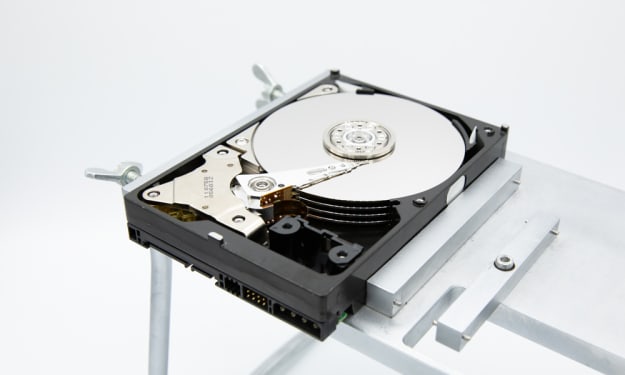New Models Of Teaching And Learning
Teaching And Learning

While parents and communities stress the importance of students having access to technology, it is a mistake to focus primarily on students. For the educational enterprise to adapt appropriately to our new world, we must invest in training teachers to integrate technology into the curriculum. School districts frequently use staff development opportunities to train their teachers to incorporate new technologies; this is a complex process. Traditional staff development training in technology involves a day's instruction, including hands-on experience with the software. Most of this training ignores the developmental process of adults--the need to understand relationships, to reinforce concepts with frequent use, to explore and be challenged, and to conceptualize an entirely different teaching methodology. Districts rarely have support staff available to help the teachers work through these innovations. The combination of reticence, frustration, and inadequate training threatens to sabotage the opportunities for technology to enhance classroom learning.
Overcoming technical, economic and psychological barriers requires leadership, vision and commitment. It can take five years for teachers to thoroughly integrate technology into their teaching. Researchers have estimated that the cost of training teachers may be far greater than the cost of hardware and software. The commitment to this training must be jointly shared by the teacher and the school district. It is an investment of several thousand of dollars per teacher. The initial outlay of time, energy and money is frightening to a school system already strapped for resources, but the return on investment will be well worth the price.
While incorporating technology in the learning process is becoming more and more essential, access to the requisite equipment is limited. Most schools do not fully utilize modern technology. Although at least three-quarters of schools report having sufficient computers and televisions, they do not have the system or building infrastructure to maximize the potential benefit of this equipment. Furthermore, not all students have equal access to educational resources. Overall, schools in central cities and schools with a 50 percent or higher minority population are more likely to have insufficient technological resources and a greater number of unsatisfactory environmental conditions--particularly lighting and physical security--than other schools.
This evidence of inadequate infrastructure, technical support systems and teacher preparation demonstrates that our schools have a long way to go to meet the needs of students in the 21st century. The new schools would likely have:
- flexible learning spaces, including space for small- and large-group instruction;
- facilities for teaching laboratory science, including demonstration and student storage space for chemicals and other supplies;
- a media center/library with multiple, networked computers to access information in outside libraries and information sources;
- high-quality computers and networks for instructional use;
The students can directly access the latest information from the most sophisticated scientific satellites and participate in interactive "classes" with scientists via interactive, multimedia networks. Students can talk to these scientists while observing them on their screens during class, allowing them to go on "virtual" field trips worldwide. One can only imagine the societal impact if this quality of educational experience were available to every student seeking the opportunity.
Another door that technology opens for students is the opportunity to explore real-life situations. Teachers know how to utilize this technology to enhance student understanding of physics, chemistry, biology, earth science and mathematics. Through the manipulation of a series of digital images students learn to use their own judgment and to follow intuitions and ideas; as a result, they find multiple solutions to actual problems. Technology can be used as a tool to maintain student interest, simulate real-life situations and develop student skills in math, science, writing, oral communication, teamwork and critical thinking. Student interest remains focused as they use scanners, video cameras, the Internet, and digital cameras as technological tools, enabling them to work on complex projects and learn important concepts.
Megan Wilson is a teacher, life strategist, successful entrepreneur, inspirational keynote speaker and founder of https://Ebookscheaper.com. Megan champions a radical rethink of our school systems; she calls on educators to teach both intuition and logic to cultivate creativity and create bold thinkers.
Source: https://ebookscheaper.com/2021/03/09/new-models-of-teaching-and-learning/






Comments
There are no comments for this story
Be the first to respond and start the conversation.